Shock-Generated Plasmas in Hypersonic Flight: The Double-Edged Sword of Ionization
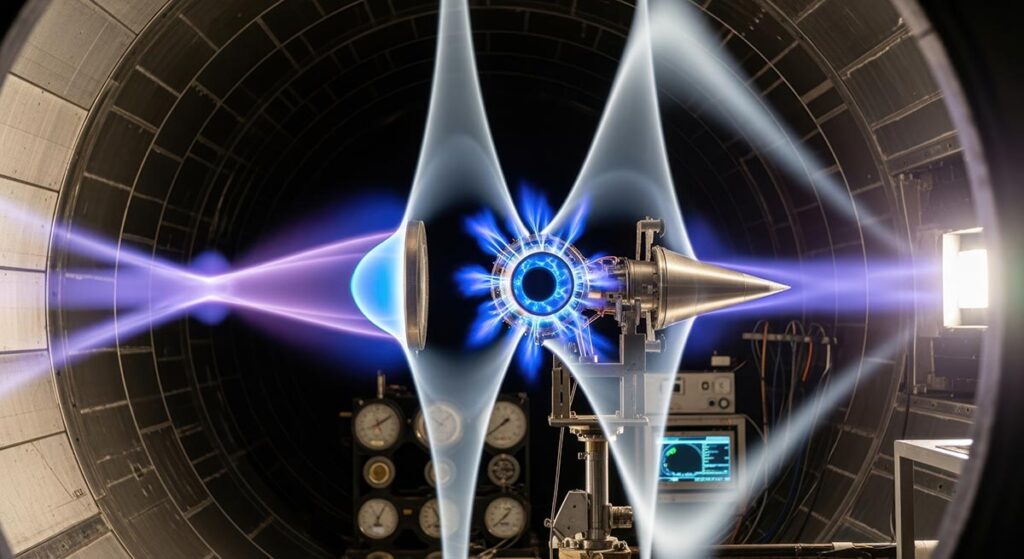
As hypersonic technologies transition from experimental concepts to operational platforms, engineers and scientists are forced to confront a range of physical phenomena that exist at the edge of our traditional understanding. Among these, the formation of shock-generated plasmas in high-speed flight is a particularly intriguing and consequential topic—one that embodies both opportunity and risk. At […]
Electron Energy Relaxation in Hypersonic Plasmas: Bridging Kinetic Theory and Engineering Practice
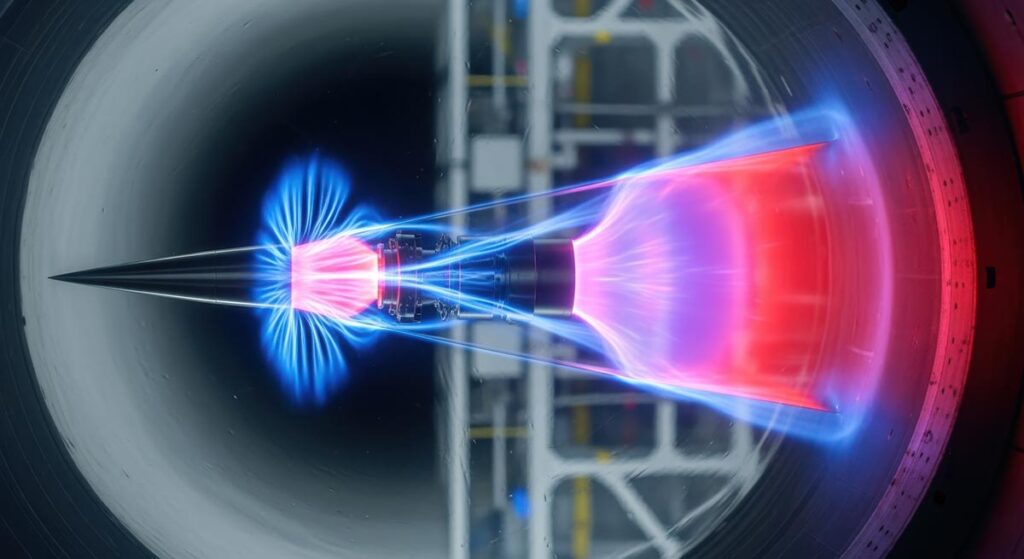
In hypersonic aerothermodynamics, the interplay of physical processes often reveals itself most clearly in what is not in equilibrium. One of the most critical, yet frequently overlooked, aspects of nonequilibrium plasma behavior in high-speed high-altitude flows is the relaxation of electron energy—a process that affects transport processes, electromagnetic interactions, and ultimately, the feasibility of active […]
Plasma Actuators in High-Altitude Transition Regimes: Bridging the Gap Between Rarefied and Continuum Flows

One of the most persistent, and often overlooked, challenges in hypersonic vehicle design lies in the transitional flow regimes encountered at high altitudes, typically between 70 and 120 kilometers. In this range, the mean free path of air molecules becomes comparable to the characteristic size of some parts of the vehicle (e.g. curvature radius of […]
Transient Plasma Phenomena in Hypersonic Flight: Rethinking Ionization Time Scales

As hypersonic technologies mature, a recurring theme is the persistent tension between what occurs in equilibrium and steady state and what actually happens in flight-relevant regimes. Among the many examples of this, one that remains underappreciated is the dynamic, time-dependent nature of ionization in high-speed flows. Specifically, how fast can a plasma form, evolve, and […]
Electric Discharges in High-Enthalpy Nonequilibrium Flows: Bridging Plasma Physics and Hypersonic Aerodynamics
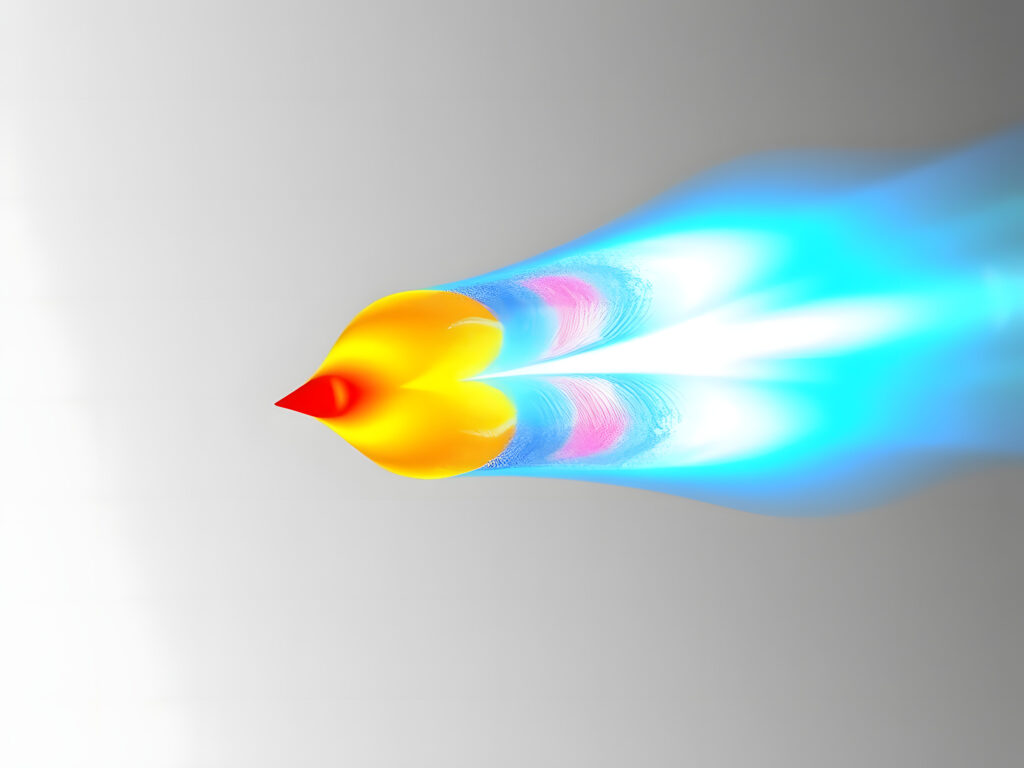
As the boundaries of hypersonic flight continue to expand—fueled by both defense imperatives and renewed interest in rapid global access—researchers find themselves increasingly confronted with the intersection of two complex and historically separate domains: high-speed gas dynamics and plasma physics. While both have matured independently over the decades, the specific case of electric discharges in […]
Microwave Discharge Plasmas in Nonequilibrium Flows: A Re-Emerging Tool for Aerodynamic Control and Propulsion
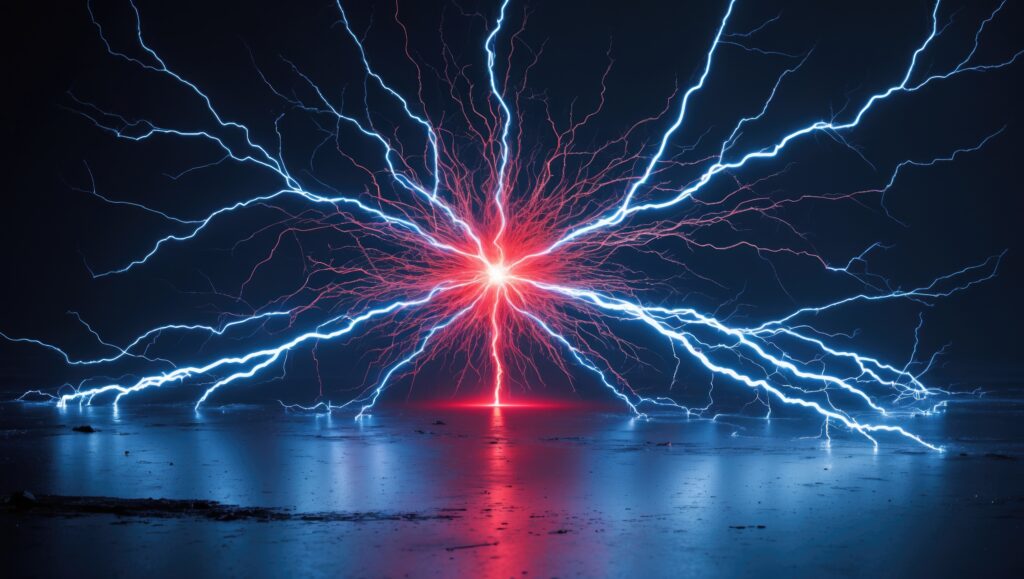
As the aerospace community continues to push the boundaries of atmospheric flight and access to near-space environments, the search for compact, energy-efficient, and fast-response flight control and propulsion enhancement mechanisms has increased interest in an old but often underestimated tool: the microwave discharge plasma. In the unique thermodynamic and chemical environments found in hypersonic flight […]
Thermochemical Nonequilibrium in Hypersonic Shock and Boundary Layers and Its Impact on Plasma-Assisted Flow Control

As hypersonic flight rapidly evolves from a futuristic concept to a tangible reality, several physical phenomena that were once considered somewhat exotic become central to the performance and control of hypersonic vehicles. Among these, thermochemical nonequilibrium (TCNE) in shock and boundary layers has emerged as a critical factor that not only shapes the aerothermodynamic environment […]
Nonequilibrium Plasmas for Active Flow Control in Hypersonic Vehicles

As aerospace vehicles approach hypersonic speeds (Mach 5 and above), the aerodynamic and thermal challenges they encounter become significantly more complex than those in subsonic or even supersonic regimes. Among the most critical issues are intense shock waves, boundary layer separation, and severe thermal loads. Traditional mechanical flow control methods—such as flaps, jets, or synthetic […]
Collaborative Innovation: The Interdisciplinary Nature of Plasma Research
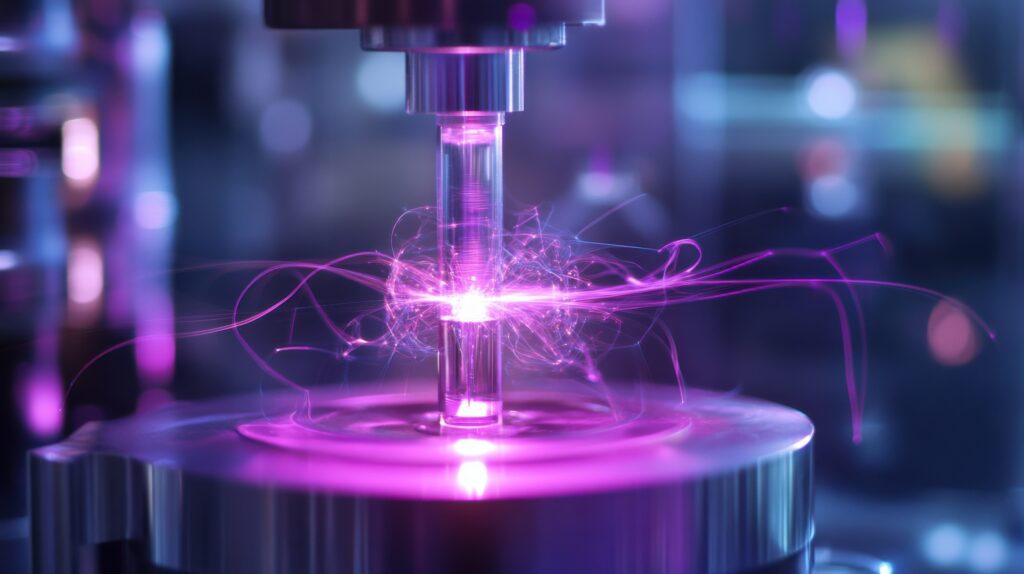
Innovation does not happen in isolation. In the world of plasma research, progress is driven by a complex interplay of physics, engineering, chemistry, and computational science. The study of plasmas—a state of matter consisting of ionized gases—has applications ranging from spacecraft propulsion to nuclear fusion, chemical synthesis, medical treatments, and advanced communication technologies. Each of […]
Advancements in Hypersonic Plasma Technology: Challenges and Opportunities

The rapid advancement of hypersonic flight technology is driving a need for innovative solutions in aerodynamics, propulsion, and thermal protection. One of the most significant challenges in this domain is managing the extreme conditions encountered at speeds exceeding Mach 10-12, where air surrounding the vehicle ionizes forming a plasma. Understanding and controlling hypersonic plasmas is […]